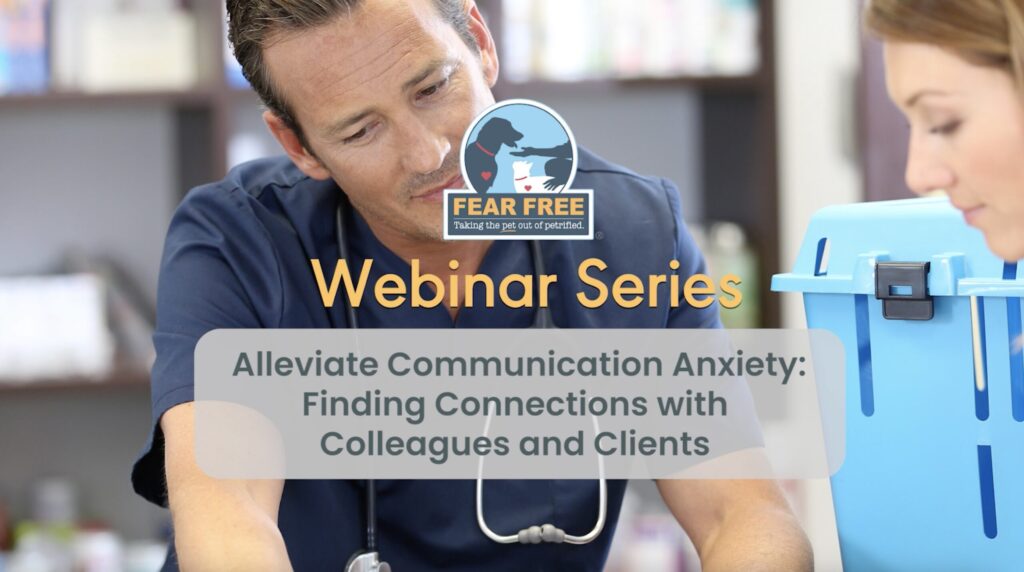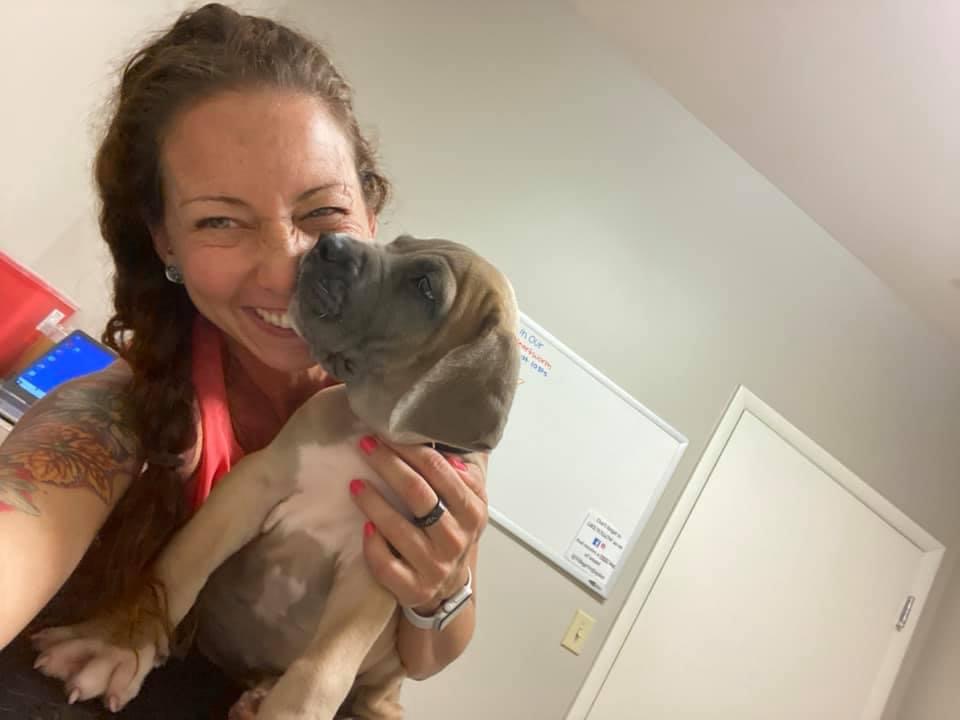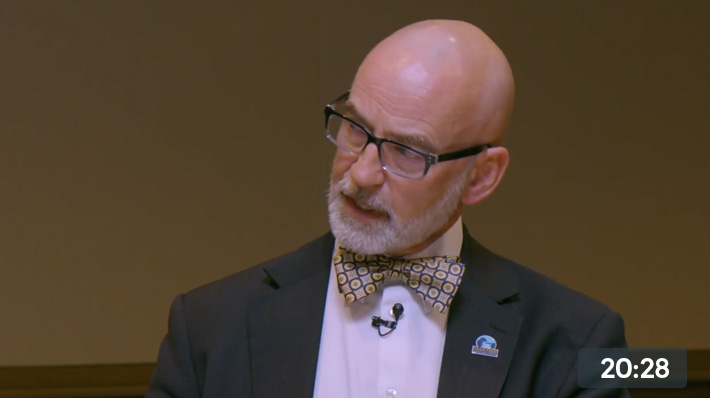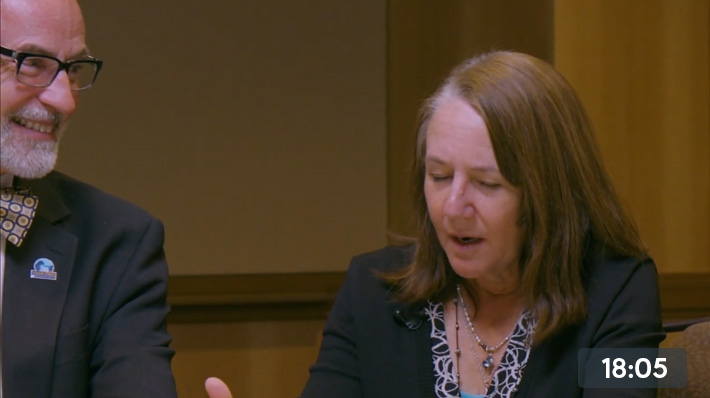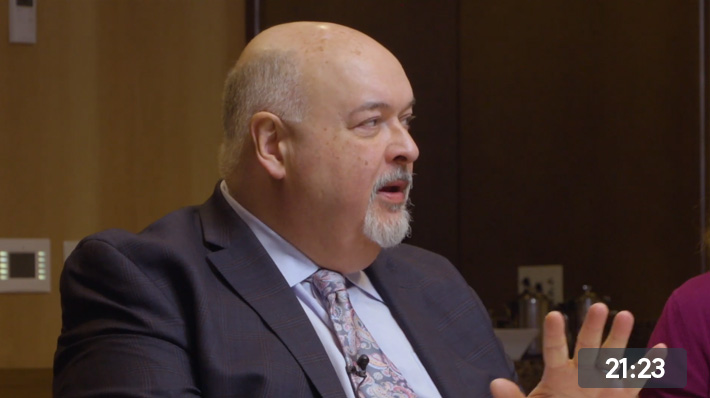When she was 12 years old, Karina Salvo, DVM, CTPEP, CVFT, CVMMP, volunteered to work for a one-doctor practice. Cleaning cages, doing laundry, and walking dogs led to watching her first surgeries. From that point, she knew that her career path would lead to veterinary school.
But one thing she and the veterinarians she grew up working for—and later, with—didn’t learn was how to make exams easier on pets. When she became aware of Fear Free®, though, it made sense to her that veterinary visits should be less frightening and more fun for patients.—not to mention for veterinarians and technicians themselves.
“The one thing that I noticed in each and every practice was the frequency in using force to hold a patient,” says Salvo, now an Elite Fear Free Certified® DVM who also has certifications as a palliative and end-of-life practitioner (CTPEP) and in branches of Traditional Chinese Medicine (CVFT and CVMMP). “Some of the staff wrestled what I thought were highly aggressive dogs down to the ground in order to give a single vaccine or draw blood. The end result was someone got hurt, scratched, urine and feces everywhere, and a dog that was left splayed out and panting on the floor in exhaustion or cowering in the corner. This was the ambience of the veterinary field I grew up in.”
As she learned more from Fear Free, she found that in-clinic exams became easier.
Now she owns her own practice, AcuVetDoc Veterinary Reproduction & Animal Care Wellness Clinic, in Royal Palm Beach, Florida, where she treats not only pets but also wildlife. That allows her to see only one patient at a time.
“I can practice 100 percent the way I choose to. I intentionally do not have a receptionist or a technician,” Salvo says. “Patients are scheduled on the hour instead of every 15 minutes. This allows me to work one on one with the patient and the owner. My ‘team’ in my practice is the owner, myself, and the patient. By working together, all of us can better understand the patient and the medicine. Practicing this way has allowed me to build trust in my patients as well as owners because both are comfortable.”
Salvo greets clients and patients at the door so she can watch how the animal walks into the building. If owners have given permission beforehand, treats are on the carpeted floor as they enter.
Animals who have previously had poor experiences at veterinary clinics may be directed into an exam room that resembles a living room—with carpet, a bookcase, leather sofa, chair, and hidden treats. While Salvo sits on the floor, pockets filled with treats, and talks to the owner, patients can explore, approaching when they’re comfortable. If they need more time, Salvo may simply hand out treats during the visit, holding off on an exam. She discusses this possibility with clients beforehand so that they’re aware the first interaction may be a “meet-and-greet,” with the exam portion on a subsequent visit.
Many of her patients enjoy “playtime,” a rewarding exam in which Salvo uses tasty treats to get patients to move on their own but in a fashion that allows her to examine them. For instance, she might get them to sit or turn their head so she can look inside ears or examine the mouth.
One patient who stands out in her memory was a 12-week-old Cockapoo puppy whose first experience at a veterinary clinic had involved being held on an exam table while he screamed, attempted to bite, and urinated and defecated. The veterinarian told the owners that their puppy had mental health issues and should be returned to the breeder. This time they were hoping for a better experience.
Salvo met the owners outdoors, where she had set up chairs and some treats. They sat down, talked about how the puppy was doing at home, and handed out treats to the puppy. Salvo assigned homework: to find tasty, high-value treats that could be dropped on the floor any time visitors came to the home and to be used as rewards during training. She suggested walking the puppy in areas far enough away from people that strangers wouldn’t want to pet the dog but close enough that he could see people, other dogs, and vehicles such as carts. Offering high-value treats during these walks would contribute to forming a positive association with the experience and a connection with the owners.
At the second visit a few days later, Salvo again met the owners outside and had tasty treats already on the ground for her new friend to gobble up. Eventually, the puppy approached her and she was able to perform an exam and give an oral vaccine as the puppy sat next to the clients and received treats.
“On subsequent visits, we sat next to each other outside, and he came and laid on my lap and became more interactive with me and less afraid of the environment,” says Salvo. “With a cheese and Cheerio trail to lead him inside, we made it to the scale and an exam room!”
Three months after that first visit, the puppy frequents farm fairs, Home Depot, and PetSmart, and comes running into the clinic to greet Salvo.
“This is an amazing story with very patient owners who were willing to take their time to understand and provide their dog with what he specifically needed when he needed it, redirection to something positive, protection from being thrown into the middle of a chaotic situation, and to slow introduction to the world around him,” she says.
Fear Free continues to make a difference in her practice. “The best feeling is when the owners are ready to leave and the patient stays behind and makes eye contact with me waiting for another fun treat,” Salvo says, “or when they return and they are pulling their owner into the building.”

